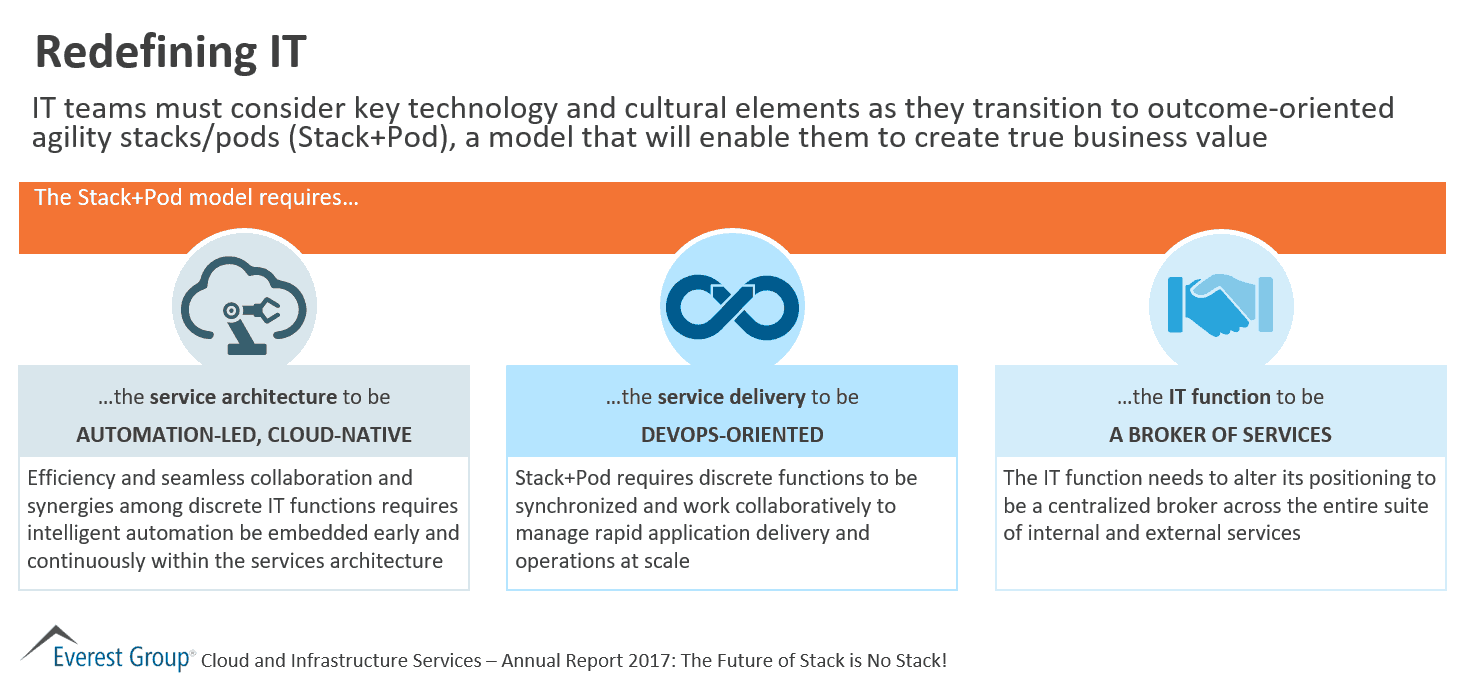Next Generation Managed Services The Key To Business Transformation
- Digital Transformation, Technology

Today’s fast-growing technology has left solution architects confused when it comes to designing a new system or upgrading an existing one to the next level. The problem arises invariably during the componentization process. The questions listed below should be considered as a measure of the architecture design:
“Will it enhance the efficiency?”
“Will it improve performance?”
“Will it reduce operational risks?”
“Will it be scalable?”
Other aspects of architecture are- better user experience and low response time. The reason I separate these from other measures is that it requires detailed research in the domain, end-users’ reactions, and most importantly, usability.
RSA Enables New Generation of Managed Security Services to Help Enterprises Better Detect and Respond to Advanced Threats. Verizon Among Key RSA Partners to Deliver Advanced Threat Analytics to Enterprises. Today's fast-growing technology has left solution architects confused when it comes to designing a new system or upgrading an existing one to the next level. The problem arises invariably during the componentization process. The questions listed below should be considered as a measure of the architecture design: “Will it enhance the efficiency?” “Will it improve performance?” “Will. Learn how our next-gen network services can help you deploy next generation network technologies & support your business’ digital initiatives. Download the whitepaper to know more! Services and offerings from HCL Technologies. Request a meeting.
In this area of expertise, we have a buzzword called the Enterprise Architecture (EA). Also known as “Boundaryless information flow,” i.e., Information interoperability in a secure, reliable and timely manner.
Thus it comprises the study of following architecture type (Fig – A):
Fig – A
Next Generation Managed Services The Key To Business Transformation Plan
Before detailing out the architecture types mentioned above, I would like to first touch upon the overall operating model. In typical operating models, organizations start these practices in silos, and a different group of individuals or top management kicks off the initiatives but are usually unable to maintain incremental gains. There are communication gaps between these groups, and final hand-off throws in a chaotic situation.
The McKinsey researcher has put up five levers to drive the next-generation operating model. Here, I would like to present the same (Fig – B):
Fig – B
Implementing each lever in the right sequence under the Architecture Development Method (ADM) is the key to success. In each successive iteration, organization’s capabilities should improve and meet the business requirement.
The key factor for EA success is “the extent to which it is linked to business requirement.” The cycle of the process that could bring efficiency to the organization process (Fig – C):
Fig – C
IPA (Intelligence Process Automation) de facto is divided into five core technologies like Robotic process automation (RPA), Smart workflow, Machine learning, Natual language generation, and Cognitive agent.
In a nutshell, business processes need to be re-framed, i.e. re-imagining, re-engineering the business process with digital tools and technologies (AR/VR, IOT, Blockchain, Mobility and so on).
Financial institutions used an RPA transformation to scale up the record-to-report processes by 60 to 70 percent in 2017-18, and one of the financial institutions in FT500 used RPA to unlock a £175 million annual reduction in costs and save over 120 FTEs.
Now let’s shift our focus to key architecture principles (the essence of the rule) and type of architectures. In accordance, we should first analyze the rationals and implications of the proposed system design.
Rationals: Should highlight the business benefit adhering to the principle.
Implications: Should highlight the impact and consequences of adopting the principle.
Next Generation Managed Services The Key To Business Transformation Pdf
The principle rationals and implication leads to assess business transformation readiness. This is a joint effort between corporate (especially human resources) staff, lines of business and IT planners.
Business Architecture: Business strategy defines “What to achieve?” while the architecture describes “How to achieve?”. Business architecture is an iterative process and can further be divided into three stages. (Ref: Greg Suddreth and Whynde Melaragno Strategic Technology Architects (STA), a Chicago-based consulting firm.)

Next Generation Managed Services The Key To Business Transformation Video
“Business architecture creates the base for discussion and understanding between the business team and IT implementation team.”
Application Architecture: Business artifacts lay down the application vantage. Application architecture defines a framework for the organization’s solutions against the business requirement.
Data Architecture: Dying light license key generator. Data Architecture describes how data is processed and stored in storage devices and how data floats between two or more distinct systems. Measures considered here are security, quality, reliability, and portability.
The Application Architect shoulders responsibility to ideate and architecture design to maximizing reuse, and remove redundancies and inconsistencies across application systems and different business units wherever possible. The concept of service is key for any new design. Thus the buzzword is SOA (Service-oriented Architecture). SOA delivers enterprise agility.
Next Generation Managed Services The Key To Business Transformation Center
Windows 7 enterprise key generator. An Application Architect’s role is to define service interface architecture which includes service specifications like the type of services, level of security, parameters for quality of messaging, content mobility, performance SLAs, and their need to adhere with management policies.